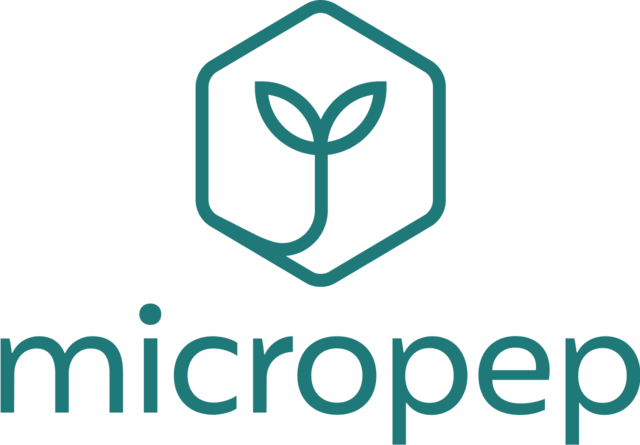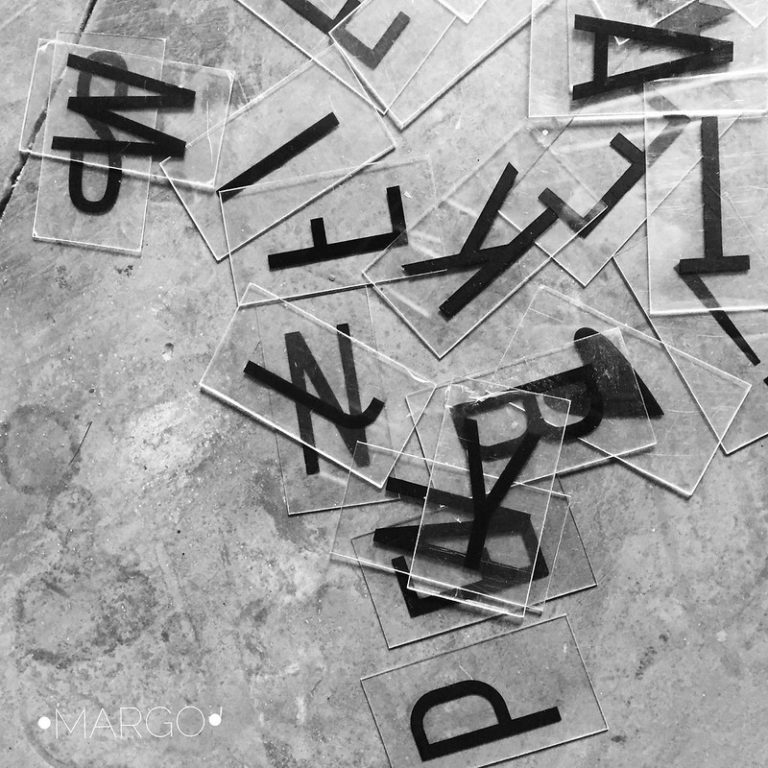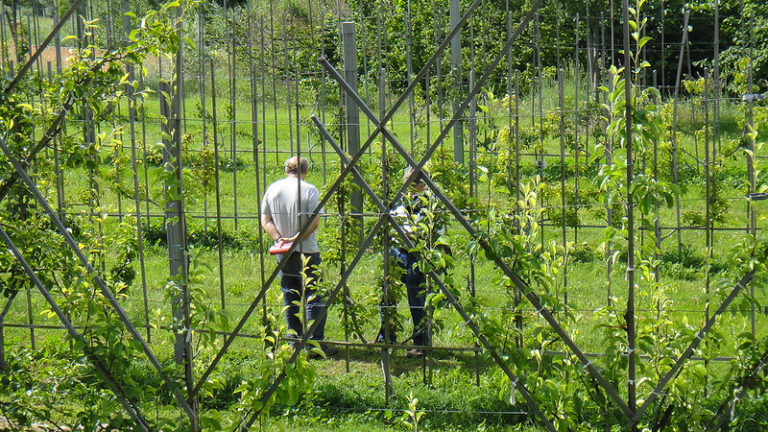Actualités
New GMOs: the European Commission wants to block France

Last May, France notified the European Commission of a draft decree aimed at specifying the mutagenesis techniques considered to give rise to GMOs subject to regulation. In a “detailed opinion” issued this summer, the Commission lists legal and technical arguments that the French decree would be contrary to European legislation. Arguments against arguments, the arm wrestling is launched.
We have to go back to the decision of the Council of State of February 7, 2020 to understand what is at stake at the moment. On that day, the Council of State enjoined the Prime Minister to establish by decree the list of mutagenesis techniques “traditionally used for various applications and whose safety has long been proven” within six months. This is a mandatory prerequisite for GMOs obtained by such techniques to be exempted from the requirements of the GMO regulations. Referring to documents in the dossier at its disposal, the Council of State stated in its argument that, just like “directed” or “genome-editing” mutagenesis techniques, “random in vitro mutagenesis techniques subjecting plant cells to chemical or physical mutagens (…) appeared after the date of adoption of Directive 2001/18/EC or have developed mainly since that date” [1]. Such techniques cannot therefore have a long proven safety history at the date of adoption of the Directive. They therefore result in regulated GMOs. Three months later, on May 6, 2020, the government notified the European Union of a draft decree that included the terms of the Council of State to define the techniques of random mutagenesis that could not be excluded from the application of European regulations [2].
Following this notification, and within a period of three months, any stakeholder could make a contribution, while the Member States and the European Commission were free to make simple observations or a formal request to France to reconsider its draft. By sending a detailed opinion, in French in its original version [3], the European Commission chose this second option, as did five member states: Denmark, Spain, Italy, the Netherlands and the Czech Republic.
The Commission distorts what the Council of State says
The European Commission is challenging France’s right to differentiate between in vivo and in vitro mutagenesis. However, France does not make this distinction, since it distinguishes random mutagenesis techniques applied to plant cells cultivated in vitro from other random mutagenesis techniques both in vivo and in vitro. To achieve its ends, the Commission then argues that both the European legislator and the Court of Justice of the European Union have never made such a difference. The Commission therefore considers that both the decision of the Council of State and the draft French decree find no support “in the preliminary ruling by the Court of Justice (…) in EU legislation or in the scientific development of these techniques”.
However, the argument is unfounded. The difference made by the Council of State between the techniques of directed mutagenesis and random in vitro mutagenesis (well defined in its ruling and the draft French decree) and the other mutagenesis techniques is not a simple literal copy and paste of the European directive and the CJEU ruling already written, otherwise the debate would have no need to take place. This difference is, as the Council of State explained in its decision, based on the documents in the file that make a precise analysis of these mutagenesis techniques and on a chronology that makes it possible to know whether a genetic modification technique has a history of safe use, after having been used for various applications. This approach is in line with the 2018 decision of the European Court of Justice, which recalled that this history of safe use is the condition to exempt GMOs from regulation [4]. However, as we have seen above, the Council of State clearly stated that “random in vitro mutagenesis techniques subjecting plant cells to chemical or physical mutagenic agents (…) appeared after the date of adoption of Directive 2001/18/EC or have mainly developed since that date”.
However, to justify its argument, the Commission modifies, in its original detailed opinion which is in french, the text of the decision of the Council of State and the judgment of the CJEU by deleting the words “mainly developed”. As we shall see, this omission allows the Commission to establish a strict chronology of development after 2001 and to claim a history of safe use for a few techniques which, like transgenesis, began to be developed in the last years before 2001 and were mainly developed after that date.
The Commission, poor historian of science?
Indeed, the European Commission provides two examples of plants developed by random in vitro mutagenesis before 2001, supposed to illustrate the history of safe use of “in vitro mutagenesis”. However, these are two plants intended for ornamental and non-food use, therefore without a history of health safe commercial use. Moreover, even if they were for food use, two examples would not constitute a history of safe commercial use for all plant species. Apart from these two reasons, the two examples provided are also not convincing with regard to their method of production! The first one is “the vine carnation ‘Longerda’ (…) registered in France in 1983 (…) developed by irradiation from an in vitro culture with gamma rays”. This Loncerda carnation, and not Longerda as the Commission writes, was not produced by physical mutagenesis on plant cell culture in vitro but by irradiation of seedlings from microcuttings [5]. It is true that these microcuttings and seedlings were cultivated in vitro, but this is far from the in vitro mutagenesis subjecting isolated plant cells to mutagenic agents to which the Council of State and the draft decree are referring. The second example is a chrysanthemum that was subjected to an in vitro mutagenesis technique by irradiation and declared in 1997. This declaration is therefore made seven years after the adoption of the first legislation on GMOs imposing this history of safe use (Directive 90/220) and four years before its updating by Directive 2001/18. It is therefore difficult to see it as an example allowing the exemption of all GMOs derived from mutagenesis on culture of cells in vitro. In the ten years that the debate on new techniques of genetic modification and in particular mutagenesis on in vitro cell culture has been going on, the European Commission has therefore not provided any history of safe commercial use of GMOs obtained by this technique.
Confusing terms for a confused conclusion
In order to provide an example such as that of the carnation, the European Commission details its own vision of the chronological development of the techniques. For the Commission, there is “no basis to distinguish between in vivo and in vitro random mutagenesis” but to consider that the latter is a “continuum” of the former. The assertion is astonishing from a technical point of view alone because, as the Council of State and the draft decree do, it is important to specify the material used in vitro: plants, buds or other plant tissues on the one hand, or isolated plant cells on the other. Inf’OGM has in fact already reported the great difficulties, if not impossibilities depending on the species, to regenerate plants sufficiently stable to be developed from isolated cells cultivated in vitro [6]. The Commission’s assertion is all the more astonishing since two months before, it questioned the EFSA about these same techniques of “in vitro random mutagenesis techniques”. In the mandate received by European experts at the end of May 2020, two weeks after France notified its draft decree, the Commission wrote that it needed “a robust scientific understanding of random mutagenesis techniques and a robust scientific analysis as to whether the distinction between in vitro and in vivo is scientifically justified”. In particular, it asks the experts whether “whether in vitro random mutagenesis techniques are to be considered as different techniques compared to in vivo random mutagenesis techniques or on the contrary, if they are to be considered as a continuum”. Before the European experts’ response expected in 2021, this questioning of the Commission has thus become a certainty for it: between in vitro and in vivo, it is a continuum. By opposing France’s adoption of its decree because in vitro techniques should be seen as a “continuum” of in vivo techniques, the European Commission is showing the European experts the answer it wants to receive!
To convince of this continuum, whatever the plant material used, the European Commission uses a vague lexicon in its detailed opinion. France’s draft decree clearly states that “random in vitro mutagenesis consisting in subjecting plant cells cultivated in vitro to chemical or physical mutagens” results in organisms subject to GMO regulations. This formula is taken up in a distorted manner by the Commission in its opinion since it states that “the Council of State restricts the notion of in vitro random mutagenesis to those techniques that consist in subjecting in vitro cultivated plants to chemical or physical mutagens”. The error made by the Commission in its original detailed opinion in french when referring to “in vitro cultivated plants” instead of “in vitro plant cells” is intended to contribute to the vagueness of the history of the techniques [7]. Beyond this error, the Commission maintains confusion about the material used, even though it is of primary importance. It thus regularly speaks of plant tissue culture rather than isolated cell culture. This confusion can be seen even in the example of the Loncerda carnation given by the Commission.
A poorly exploited expert report
As scientific endorsement, the Commission refers in particular to a report by European experts from EFSA published in 2012. According to it, the EASA considers “in its scientific opinion addressing the safety assessment of plants developed through certain GM techniques (…) considers mutagenesis or mutation breeding as a conventional technique”. But the Commission does not detail the roots of this EFSA document. However, if the latter writes that “Conventional breeding methods include a wide range of technique” among which “breeding by mutagenesis” [8], it bases itself on a 2010 report from the University of Wageningen concerning “traditional plant breeding methods”. A report whose introduction should have interested the European Commission since it details that the authors use the term “traditional” in the sense of that “do not lead to plants/varieties covered by the EU directive 2001/18/EC”. The same authors therefore specify that “therefore, the term ‘traditional’ as used here is not implying the absence of modern developments or any lack in sophistication” [9]. A use of the traditional term that will not be that of the CJEU in its judgment of July 25, 2018. On the side of the European Commission, the reasoning is thus as follows: as a report states that mutagenesis techniques are traditional because they are not subject to GMO regulations, these mutagenesis techniques do not give rise to GMOs subject to Directive 2001/18 because they are traditional. A circular reasoning whose conclusion is validated by the starting hypothesis, and vice versa. However, if the Commission wants to read the EFSA report as placing all mutagenesis techniques in the category of conventional techniques, how can one legally consider since the CJEU ruling that recent mutagenesis techniques that do not have a long history of various uses are traditional?
With this detailed opinion from the Commission, France has until November 9, 2020 to take into account these various comments in order to either maintain its decree and adopt it as it stands, amend it or withdraw it. If the government were to decide to adopt it as it stands, which it has not done up to date, the Commission’s alternatives would be to reluctantly accept it, try to block it with other procedures or refer it to the Court of Justice of the European Union. It remains to be seen whether it wishes to return to this court, which has already proved it wrong once on the issue of new GMOs. On its part, the French government must either execute the injunctions of the highest French administrative authority or continue to discuss the matter with the Commission.
The Council of State, once again seized
However, whatever is the European calendar, the French government is now two months behind the deadline set by the Council of State. A delay that led the nine French organizations at the basis of the appeal [10] to submit a request to the Council of State for non-execution of its decisions on October 12. In a press release, the nine organizations explain that they consider that the government “has chosen to lock itself into an inappropriate procedure for consulting the European Commission, which is normally reserved for technical measures that may have a link with European regulations”. A choice that would allow”the Commission and the French government to use this procedure to try to delay the execution of these decisions » according to the organizations.
[1] www.conseil-etat.fr/ressources/decisions-contentieuses/dernieres-decisions-importantes/conseil-d-etat-7-fevrier-2020-organismes-obtenus-par-mutagenese
[7] It is to be noted that this distorted transcription of the french Council of state’s statement is made in the original version of the European Commission’s detailed opinion but not in the english translation.
[10] Amis de la Terre, Confédération Paysanne, CSFV 49, OGM-dangers, Nature et Progrès, Réseau Semences Paysannes, vigilance OGM et Pesticides 16, Vigilance OGM 33, Vigilance OG2M.















